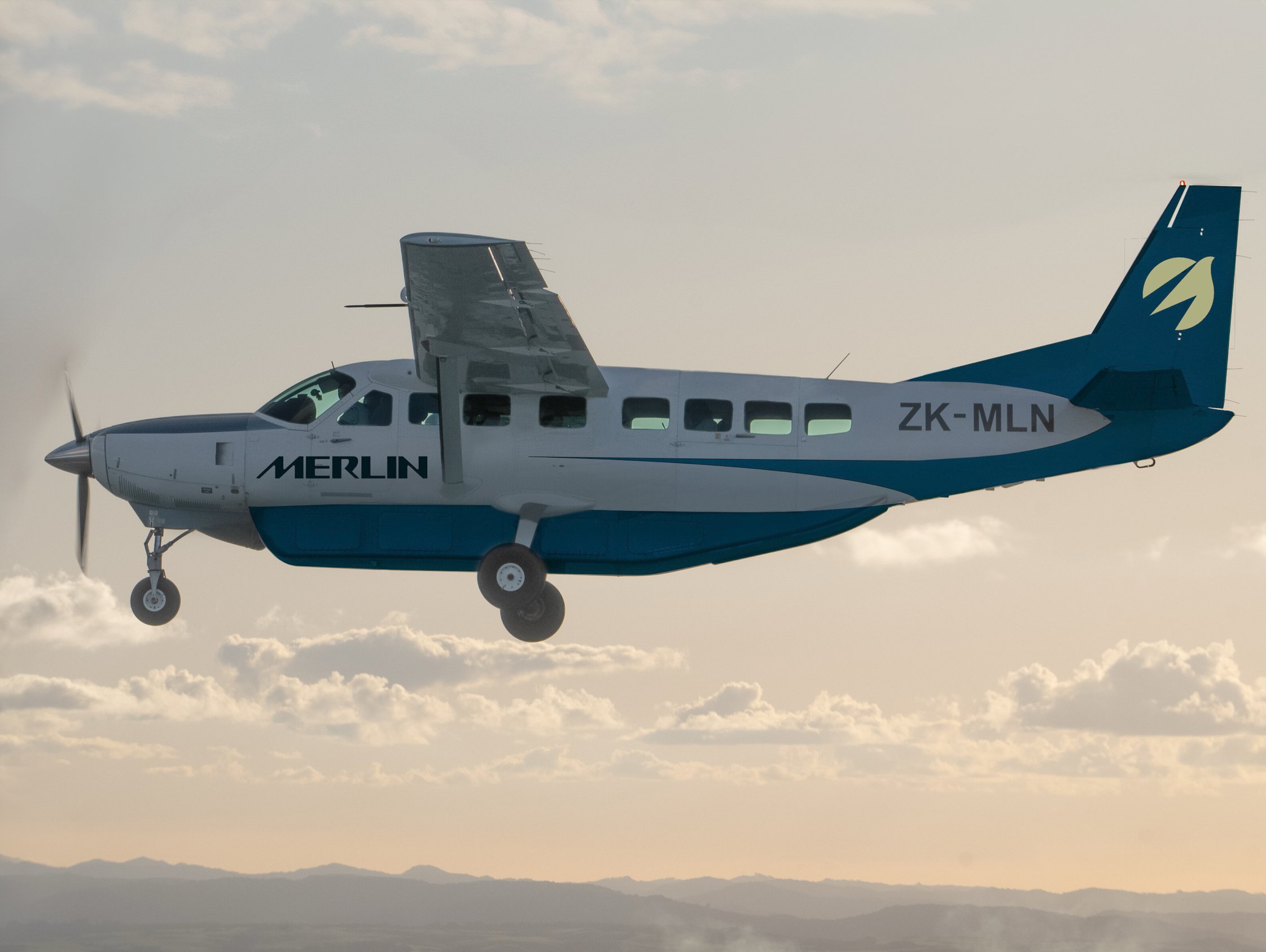Click Here to View This Page on Production Frontend
Click Here to Export Node Content
Click Here to View Printer-Friendly Version (Raw Backend)
Note: front-end display has links to styled print versions.
Content Node ID: 428822
Autonomous flight systems developer Merlin has signed a cooperative research and development agreement with the U.S. Air Force to advance contingency management capabilities in next-generation uncrewed aircraft systems (UAS), the company announced on October 22.
According to Merlin, the collaboration will focus on “new approaches to autonomous fault detection, recovery, and dynamic mission adaptation, enabling aircraft to respond more effectively to unexpected events, system degradations, or operational changes.”
“Contingency management is essential to achieving the Air Force’s vision of trusted, resilient autonomy,” said Chris Gentile, general manager of tactical autonomy at Merlin. “Through this collaboration, we can align Merlin’s expertise with the USAF’s operational priorities, helping to define autonomy standards that strengthen the entire defense ecosystem.
“This partnership reflects our shared commitment to advancing capabilities that allow collaborative air platforms to operate safely, adapt in real-time, and complete missions even in the most challenging conditions.”
Results of the partnership will inform the Air Force’s Autonomy-Government Reference Architecture (A-GRA), an adaptable, modular, and scalable architecture for artificial intelligence-based autonomous systems such as the Merlin Pilot. The Air Force has also contracted Merlin competitor Reliable Robotics to collaborate on the A-GRA.
Maj. Dustin Graves, a program manager at the Air Force Research Laboratory’s Afwerx innovation unit, said the collaboration with Merlin “will help us build on a common, government-owned architecture for autonomous systems, ensuring interoperability, accelerating innovation, and ultimately, delivering resilient and adaptable capabilities to our warfighters.”
Merlin’s aircraft-agnostic, autopilot technology is intended to reduce pilot workload and fatigue, making aviation safer while enabling reduced-crew operations in commercial and military aircraft. The U.S. Department of Defense has contracted Merlin to test and integrate the Merlin Pilot system in the Lockheed Martin C-130J Super Hercules and the Boeing KC-135 Stratotanker.
Milestone Reached With Regulator
On October 28, Merlin announced it has achieved the second Stage of Involvement (SOI 2) as part of the certification process it is engaged in with the Civil Aviation Authority of New Zealand. The U.S. company, which recently announced plans to go public, has been conducting experimental flight trials in the country for its planned remotely piloted conversion of the Cessna Grand Caravan utility aircraft. Initially, Merlin is focused on implementing the technology as a pilot aid for reduced crew operations.
The SOI 2 stage is part of the DO-178 certification audit cycle through which regulators assess the safety of software-based changes to aircraft specifications. It marks the point at which around a half of the software data for Merlin's flight control computer has been formally reviewed by the air safety agency, demonstrating the extent to which the company has executed plans approved under the first stage of the process.

“SOI 2 reflects the disciplined engineering and certification practices our team has put in place,” said Tim Burns, Merlin's chief technology officer. “Each stage of this process deepens regulator confidence, reduces program risk, and advances the Merlin Pilot toward certification and real-world operations.
This story was updated on October 28 to include an update on Merlin's work with the Civil Aviation Authority of New Zealand.